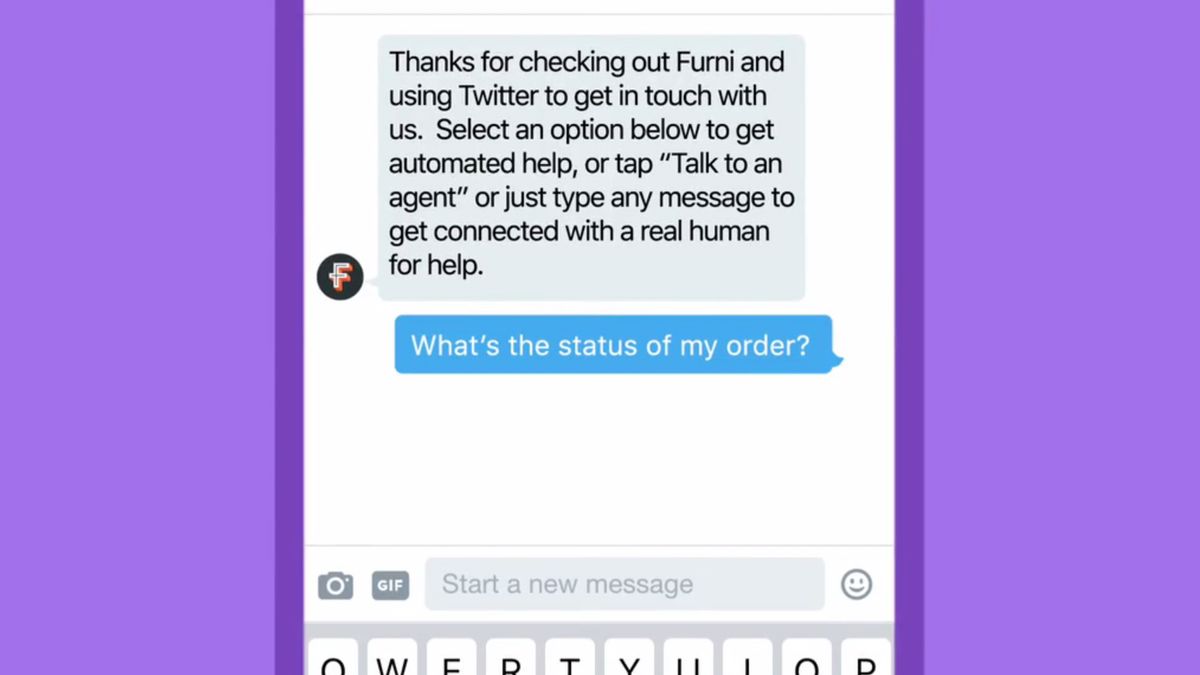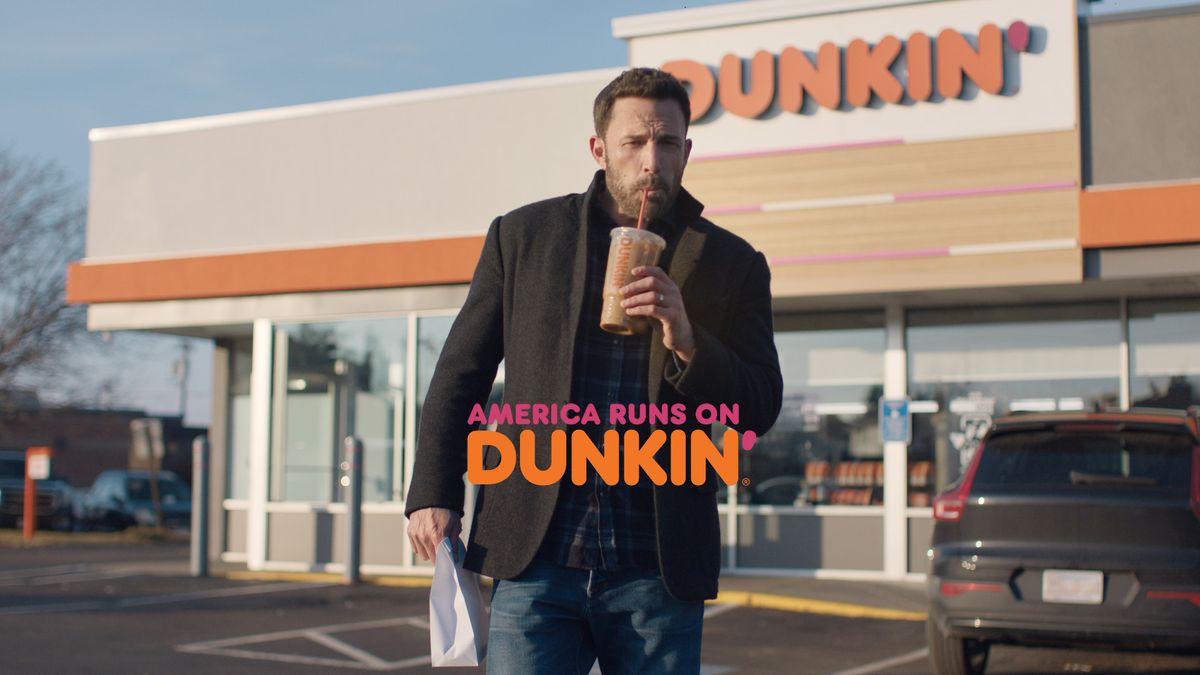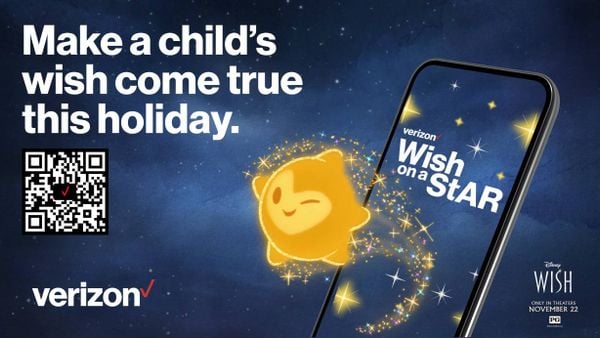Dive Brief:
- Twitter announced in a blog post today that it is rolling out two new chatbot features for business profiles: Welcome Messages and Quick Replies.
- Welcome Messages allow brands to automatically “greet” people who engage in their direct messages and also “set expectations” for the ensuing conversation; Quick Replies prompt users with best responses to automated direct messages, either through a list of options or guidance for specific text values.
- Brands like Evernote, Pizza Hut and Airbnb are already using the new chatbot service options.
Dive Insight:
Consumers often turn to Twitter first when seeking social customer care, but the platform has lacked any sort of dedicated AI response feature until now, even as competitors like Facebook Messenger integrate thousands of branded bots. The news underscores how chatbots are quickly becoming a must-have for digital engagement platforms.
The late arrival on the chatbot scene is especially strange given that Twitter has demonstrated that brand interactions have tangible returns on its platform: The company released a study last month in conjunction with Applied Marketing Sciences that showed consumers are likely to spend up to 20% more on products and services provided by businesses who engage with them on Twitter.
Pizza Hut is a particularly interesting choice to inaugurate Welcome Messages and Quick Replies, as it shows Twitter going directly against Facebook Messenger, which integrated a Domino’s Pizza chatbot in September.
Automated response options can help fill the gaps left by Twitter’s human customer service capabilites, which are limited to the “business hours” brands provide on their profiles; however, automation is in no way trumping Twitter's more organic elements.
"Bots are not the why," Twitter Product Manager Ian Cairns told Adweek earlier today. "They're the how. There's no consumer we've spoken with that's said they really want to talk to a bot. But what people want is convenience and speed."
Chatbots are one way that Twitter is hoping to deepen engagement with existing users and attract new ones as it looks for a path forward following a difficult period that has seen growth slow and several big companies declining to make an offer to buy it.













